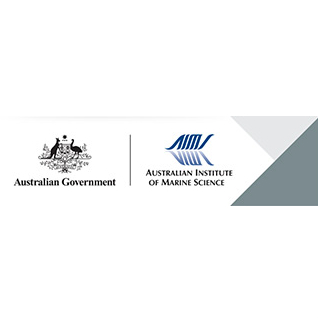Brief description
Allozyme variation was examined in 175 individuals representing 13 putative species of Sargassum (Sargassum aquifolium, S. carpophyllum, S. decurrens, S. fissifolium, S. ligulatum, S. linearifolium, S. oligocystum, S. opacum, S. parvifolium, S. polycystum, S. siliquosum, S. spinifex, S. swartzii) and 34 populations from the Great Barrier Reef, Australia. Allozyme variability was examined (five polymorphic loci, 12 alleles total), between morphological species and those between different geographical populations of the same taxon. Sargassum decurrens, S. oligocystum, S. parvifolium and S. swartzii + S. aquifolium, were sampled in sympatry. S. carpophyllum and S. polycystum are conspecific. Single populations of 3 different species were thought to be possible misassignments (S. opacum = S. polycystum; S. aquifolium = S. swartzii and S. linearifolium = S. fissifolium), but may be morphological variants of the species with which they clustered. Finally, S. oligocystum (subgenus Eusargassum) clustered with S. decurrens, (subgenus Phyllotrichia) suggesting a revision of subgeneric boundaries in the genus Sargassum is required. Allele frequencies at five loci (GPI, SOD-1, ACO-1, ME-1, PGM-1) were examined. Calculation of gene frequencies and population genetic statistics were carried out using BIOSYS-1 package. Genetic relationships were represented using Nei's genetic distance and Roger's genetic distance, and clustered using the UPGMA method.Collection sites: Cooktown, Cape Tribulation, Alma Bay, Geoffrey Bay, Shute Harbour, Heron Island, One Tree Island Differentiation of Sargassum taxa by means of allozymes. Allozyme markers will be useful for species identification of Sargassum within the GBR, as many species are only clearly distinguishable morphologically for a short time of the year (when they have reproductive organs).Voucher specimens were deposited at the Adelaide Herbarium:S. carpophyllum A61833 (Alma Bay, 5 specimens); S. carpophyllum A61834 (Cooktown, 9 specimens); S. carpophyllum A61839 (Alma Bay, 5 specimens); S. decurrens A61807 (Cooktown, 10 specimens); S. decurrens A61808 (Shute Harbour, 5 specimens); S. fissifolium A61817 (Heron Island, 5 specimens); S. fissifolium A61818 (Shute Harbour, 5 specimens); S. fissifolium A61840 (Cooktown, 5 specimens); S. ligulatum A61810 (Heron Island 2 specimens); S. linearifolium A61843 (Alma Bay, 5 specimens); S. oligocystum A61815 (Shute Harbour, 3 specimens); S. oligocystum A61816 (Cooktown, 5 specimens); S. oligocystum A61841 Geoffrey Bay, 1 specimens); S. opacum A61831 (Cooktown, 8 specimens); S. parvifolium A61806 (Shute Harbour, 5 specimens); S. polycystum A61811 (Heron Island, 5 specimens); S. siliquosum A61812 (Shute Harbour, 5 specimens); S. swartzii A61829 (Cooktown, 10 specimens).Lineage
Maintenance and Update Frequency: notPlannedNotes
CreditBenzie, John AH, Dr (Principal Investigator)
Ballment, Elizabeth R (Beth), Ms (Custodian)
Modified: 17 10 2024
text: westlimit=145.3; southlimit=-23.6; eastlimit=152.2; northlimit=-15.3
Allozymes as genetic identification markers of Sargassum spp. (Phaeophyta) from the Great Barrier Reef, Australia: Benzie JAH, Ballment E and Edyvane K (2000) Allozymes as genetic identification markers of Sargassum spp. (Phaeophyta) from the Great Barrier Reef, Australia. Botanica Marina 43: 169-179.
local : articleId=1441
- global : 8686fd60-7b86-11dc-b1b7-00008a07204e


